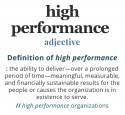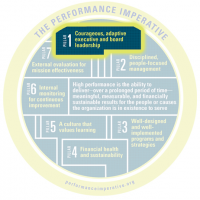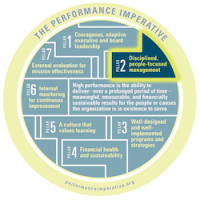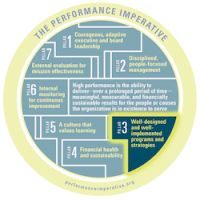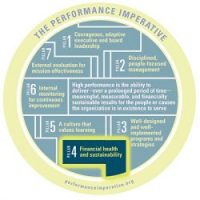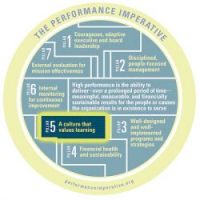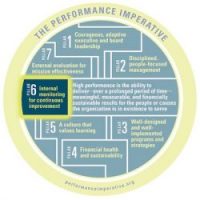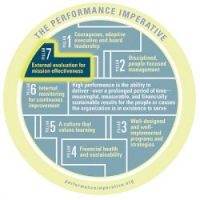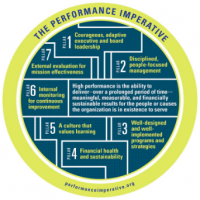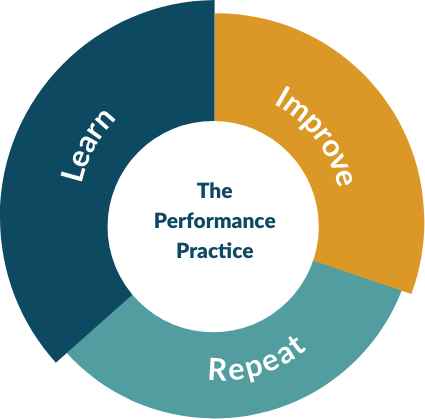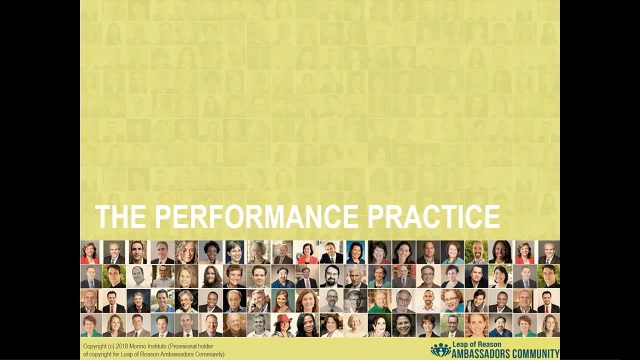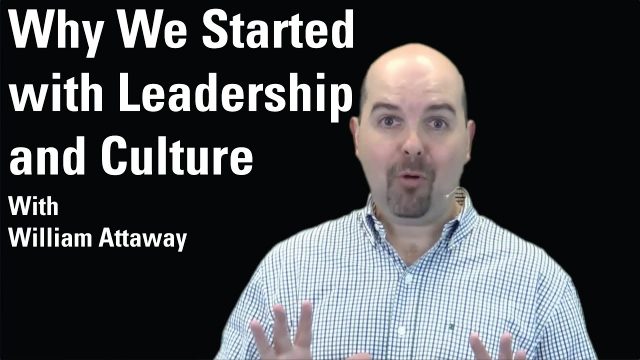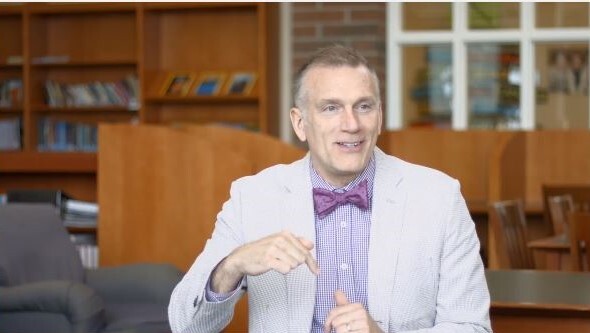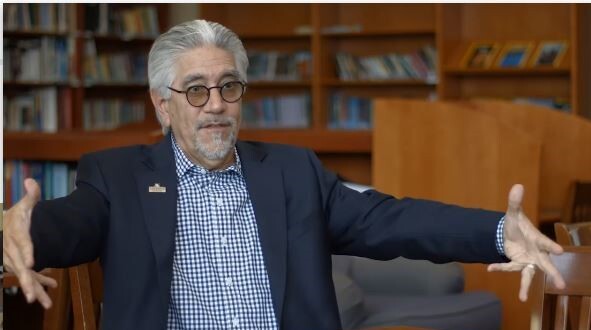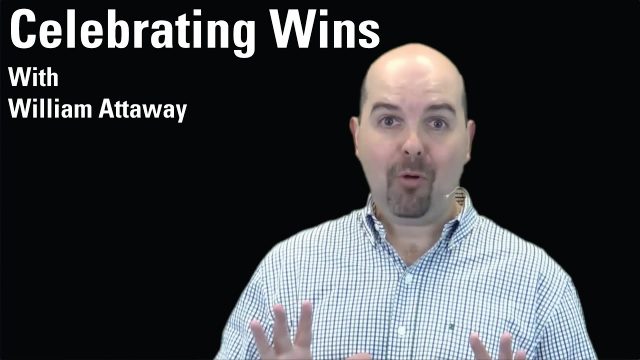Principle 5.10: Even the busiest leaders, managers, and staff members carve out formal and informal opportunities to step back, take stock, and reflect.
5.10.1: Because the urgent often squeezes out the important, my organization’s leaders, managers, and staff members periodically set aside uninterrupted time on their calendars to read and think. They use this time to reflect on their own performance and on our people, processes, culture, and results.
5.10.2: My organization periodically affords staff an opportunity to step outside their daily demands of email and meetings (e.g., through retreats, professional development sessions, or even on a nature walk).
5.10.3: My organization’s senior leaders have an open, honest conversation at least once a year about the level of effort that will be required as individuals and as a leadership team to hit our goals. Each leader does a “gut check” to ensure that he or she is on board and committed to the organization’s success.
